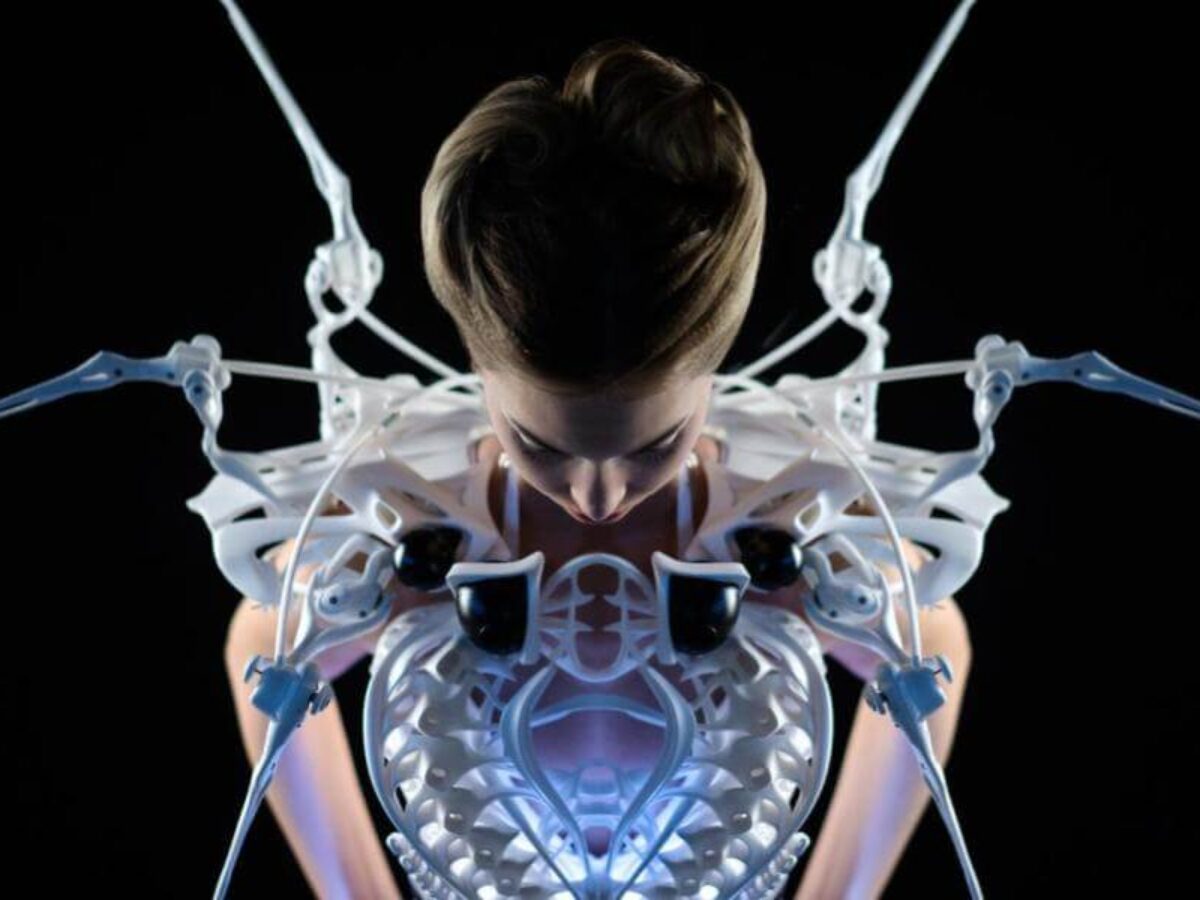

The programs aren’t just for designing clothes. Create a variety of outfits, ranging from a basic shirt to technical outerwear with intricate pattern pieces and construction.

The robust simulation engines of CLO and Marvelous Designer enable you to develop designs with endless layers and complex features. However, there are some important distinctions to be aware of, which we shall discuss in this section. They’re so similar that it’s worth discussing them together.
ADOBE CLOTHING DESIGN SOFTWARE UPDATE
Some software providers may even charge for updates, so be sure to thoroughly research update history and frequency before purchasing.CLO and Marvelous Designer are two distinct programs created by the same company. Infrequent updates can even be a sign that a software company is struggling, which is a source of risk if your business depends on that software. If months pass between updates, new features and security fixes may not come quickly in the future. Before investing in any clothing design software, look at how frequently developers have offered updates. Knowing your production gaps helps pinpoint the best fashion design software for your business. Understand exactly which part of your process needs a boost from software before comparing features, prices, ratings, and reviews. Fashion software tends to focus on either design or production. Look for products with positive reviews for customer service to feel confident that if you have trouble with your software, tech support can get you up and running again quickly. Cloth design software can speed up production when integrated with your existing systems, reducing TTM. Fashion business models are designed to rush production from the drawing board to the clothing rack in as little as two weeks. Choose software that makes your business faster.The clothing design software directory lets you filter by feature(s) to only view options that meet your business needs, helping you to quickly narrow your software shortlist. Asset editing: Fashion designers can edit existing patterns and designs, expediting revision, approval, and production workflows.Central databases are easily accessible for all stakeholders throughout the design, supply, and production chains. Design database: Purpose-built databases store patterns, colors, sizes, and decorations to centralize assets and expedite workflow.Time-saving functions such as cut, copy, and print quickly duplicate patterns and bring them to life. Pattern creation: Tools that layout fabric patterns.Digital designs: Digital designs are easier to change and share than hard copies.CAD is precise, repeatable, extensible, and true-to-life.



 0 kommentar(er)
0 kommentar(er)
